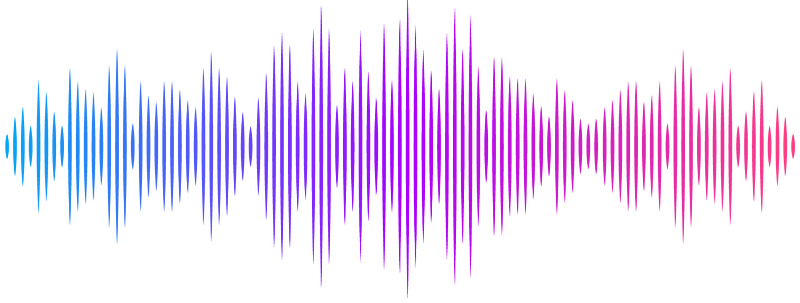Salivary flow rate and prevalence of subjective halitosis in major depressive disorder patients

Salivary flow rate and prevalence of subjective halitosis in major depressive disorder patients
Althabhawee, A. A. H.; Zaidan, T. F.
AbstractThe global incidence of major depressive disorder (MDD) is steadily increasing, leading to a concomitant surge in the need for oral medication in developed nations. The field of oral medicine serves as an intermediary between the disciplines of medicine and dentistry, with a focus on the study and treatment of various disorders and orofacial pain. Previous research has established a connection between these conditions and psychiatric disorders. The study sample comprised 49 individuals who had been diagnosed with major depressive disorder and had been receiving treatment for a minimum of two weeks. The control group consisted of 34 healthy participants who exhibited no indications or symptoms of systemic disease. The patients received diagnoses in accordance with the Diagnostic and Statistical Manual of Mental Disorders, Fifth Edition (DSM-5). Reporting of subjective halitosis was highly significant (p< 0.000) in MDD patients than in control subjects, as for unstimulated salivary flow rate the mean of salivary flow rate in MDD patients was 0.39 ml/mints, with range of 0.03-1 ml/min, while for control subjects was 0.64 ml/mints with range of 0.03-0.6 ml/mint. The results of this study showed that, there was a highly significant difference of salivary flow rate between control and study groups (p value <0.05 at p=0.000) In conclusion, we found that major depressive disorder patients have low unstimulated salivary flow rate and the subjective halitosis is more prevalent in this group than in control group.